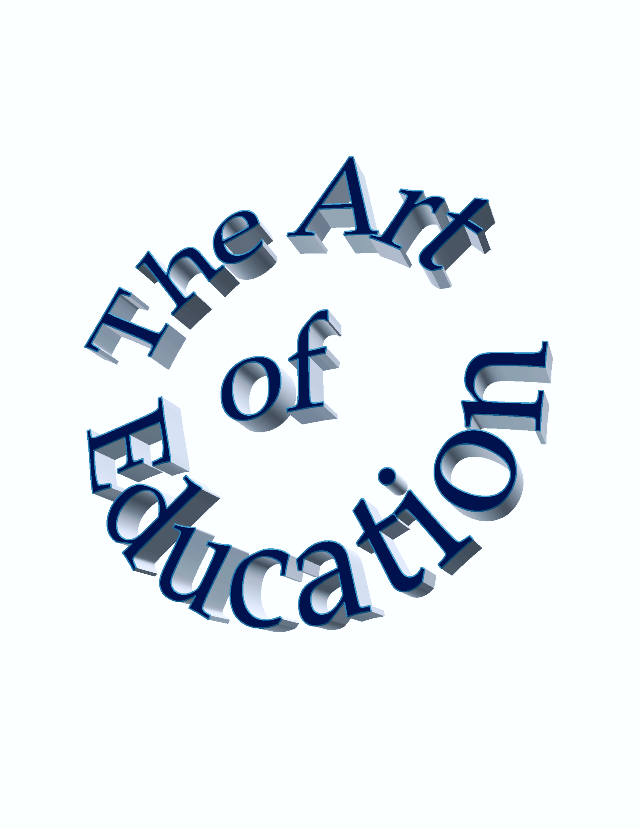The Art of Education Update and Invitation
A few months back, I began writing a new blog for my educational advising service, Thrivapy . That blog, The Thrivapy Blog , has developed a similar tone and message to the articles I shared here on The Art of Education. Initially, I struggled with what to do with The Art of Education and have tried to find a place for updating this blog in my schedule. What I have found is that I cannot with the regularity that I expect from myself. In other words, my work here on The Art of Education cannot meet my minimum standard of expectations. Therefore, I want to announce that I am taking a break from The Art of Education for an undecided amount of time. This will allow me to focus more on my full time work as a Head of Middle School, write for The Thrivapy Blog , work on my next book, and serve the limited number of clients I have for Thrivapy. Oh yes, and be a father and husband! I am NOT deleting this blog. I believe it contains a valuable record of my work and a number of useful

.png)
.png)
